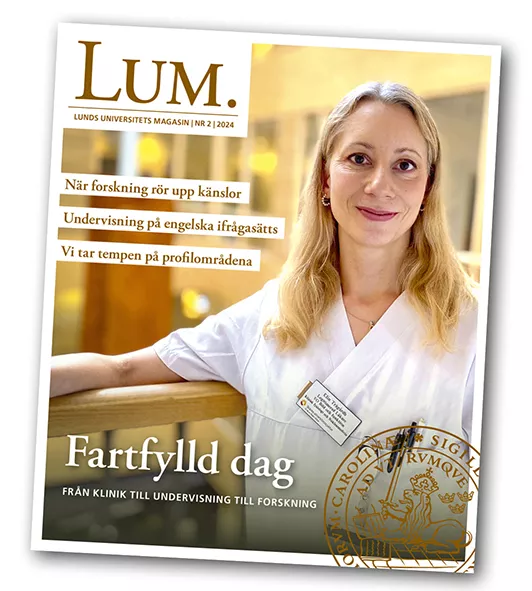Threats against researchers are increasing, according to acting chief security officer Håkan Jönsson, who received 16 reports of threats last year. The rise is in online threats, whereas the number of disruptive or violent people on campus is dropping – probably thanks to more locked doors.
“But the hidden figures are high when it comes to online threats, as most people don’t report them.”
Trying to reassure people is an important task for Håkan Jönsson and his security colleagues, as many victims of threats via email or social media feel scared. It can be a consolation to know that out of all the more or less horrible threats that have been formulated – usually anonymously – none have actually been implemented in all the many years Håkan Jönsson has worked with security at LU in various ways.
“But we always start from the assumption that they could be serious”, says Håkan Jönsson.
The security intervention always begins with a personal meeting. The security division then tries to find out who is behind anonymous digital threats and passes on their reports to the police. In the vast majority of cases, the targets of the threats are advised to continue living as they normally do and not to change their habits too much, despite having been threatened.
“It can easily become overwhelming if you start to change your habits and allow fear to take control. But you have to pay attention and trust your gut feeling if it’s telling you that something is wrong”, says Håkan Jönsson.
It is the victim’s account that is decisive and, if they are afraid, they can be equipped with a personal alarm in some cases. The University also has access to security guards. Among recent cases where security guards have been called in was a lecturer who wanted protection against a threatening student in the lecture hall. In another case, a student was accompanied by a guard to and from lectures, for protection against another student.
Most incidents of threats or hate speech which arise tail off after two or three weeks. Håkan Jönsson thinks the most important thing is not to keep it to yourself, but to seek support from colleagues and managers.
“That also allows you to see that you are not alone, that many people are exposed to this.”
Of course there are many researchers who have never been targeted, but certain subjects are a magnet to online trolls.
“We don’t get reports about online threats every day but, on the other hand, we know that the hidden figures are high.”
When research involves animal experiments or concerns immigration, extreme right-wing movements, Islam, nature versus nurture, or gender, the risk is considerable. Among the most targeted researchers are those in gender studies.
“They receive a plethora of hate-mail. It is unfortunately an everyday occurrence for them and they only report it if something stands out, for example if the trolls threaten the researcher’s family or say that they know where they live”, says Håkan Jönsson.






